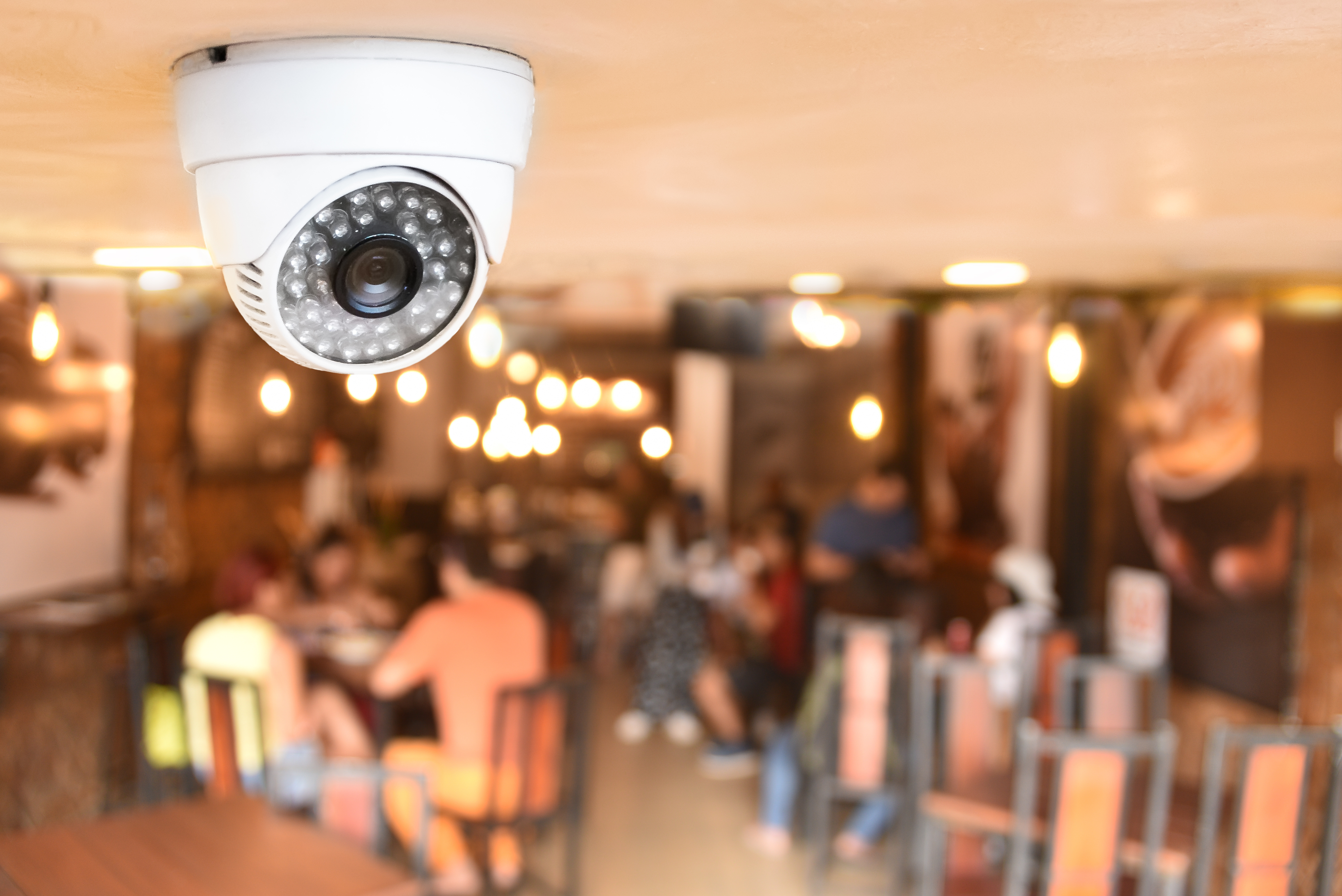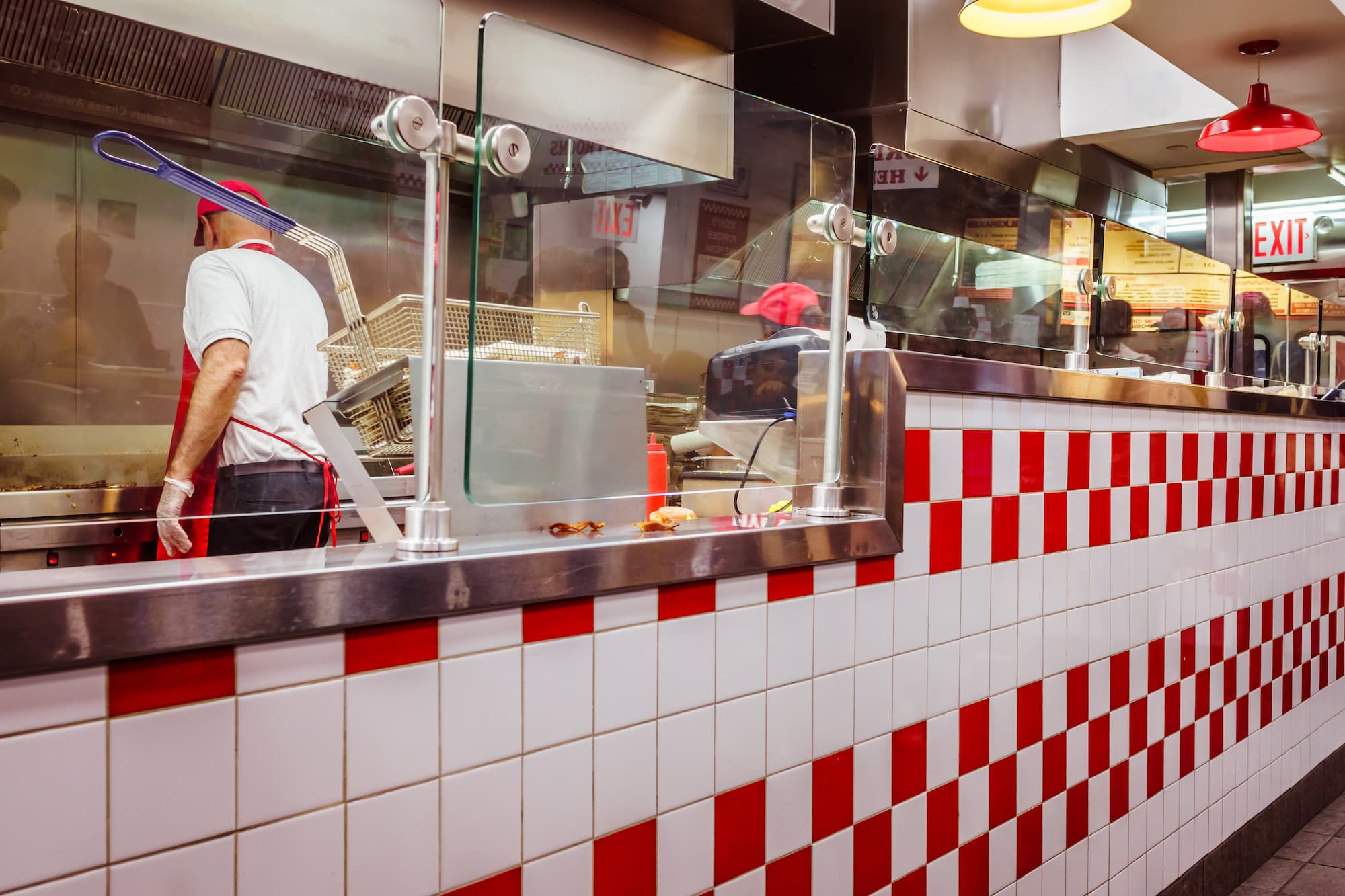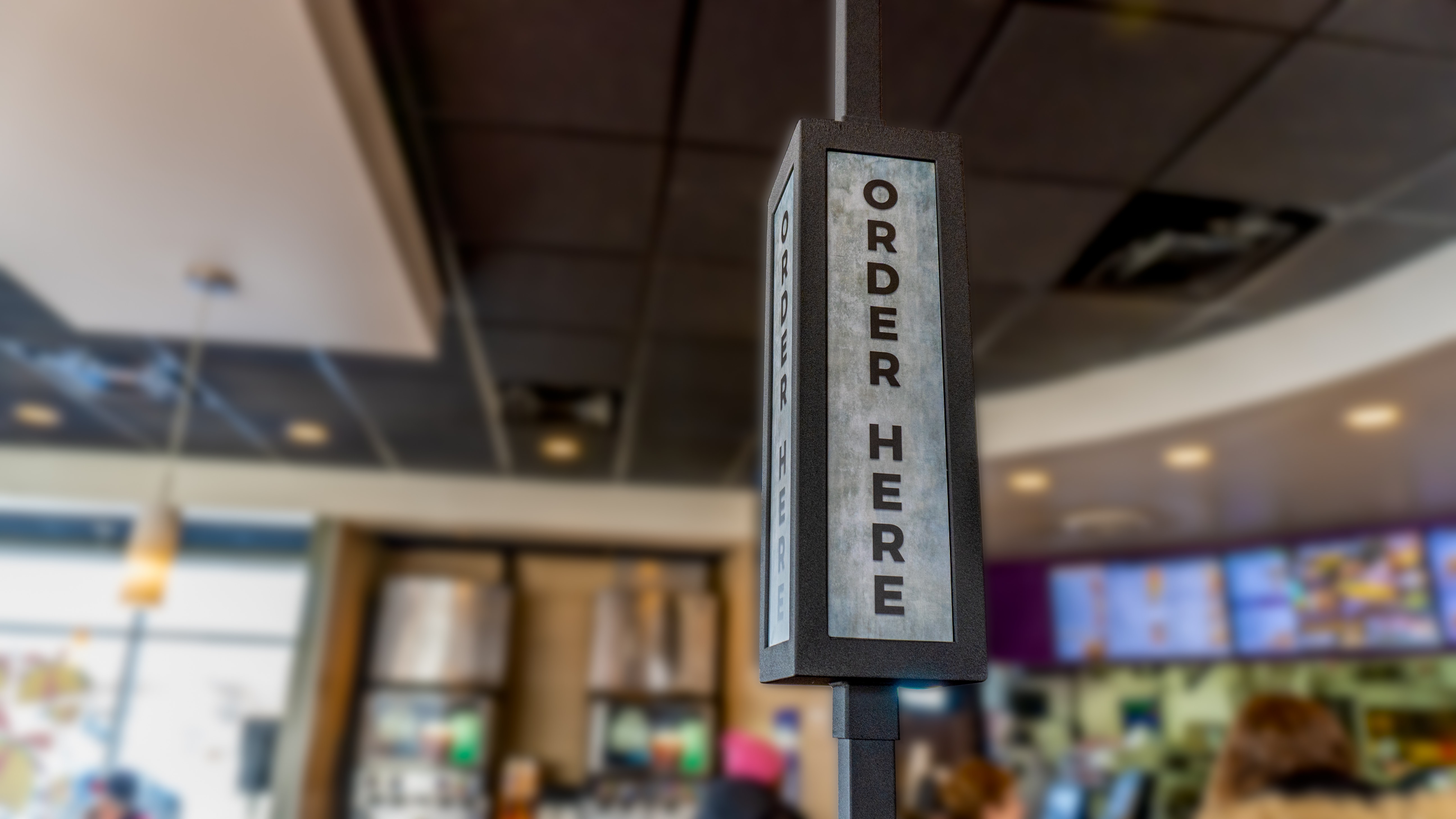Quick Service Restaurants, or QSRs for short, are in the throes of a digital revolution powered mainly by emerging camera technology. The vast potential of this technology is being realized along with a host of benefits. Many QSRs deploy these sophisticated devices primarily for security, but some of the most forward-thinking are effectively harnessing the power of camera technology to enhance their operational productivity, boost customer satisfaction, and, ultimately, increase their company's profits.
This article reviews some of the innovative and surprising ways tech companies are utilizing cameras to support their clients in the QSR space.
Camera Technology Use Cases
Along with the obvious security benefits, new camera technology presents several exciting opportunities for innovation and efficiency in QSR environments.
Advanced AI algorithms and Internet of Things (IoT) integrations have enabled the evolution of smart security cameras that are now capable of collecting data by monitoring and analyzing visitor and employee behavior. These tools can provide data-backed insights that can help determine trends and operational efficiencies that will enhance the customer experience.
A German baked goods chain, Happy Donazz & Co, provides an excellent example of how smart cameras impact operational consistency and quality. The company employed AI-driven video analytics to analyze individual outlet performance, gathering data on customer-flow and peak traffic times. The actionable insights gained allowed the franchise owners to come up with new ways to improve store sales.
Another valuable use case for camera technology is optimizing store layout and customer flow.
When paired with smart cameras, heat mapping applications, and footfall analytics can track and analyze customer traffic patterns. This data allows operators to identify high-traffic areas, optimize customer flow, and detect and mitigate suspicious behavior or theft.
Another example of a QSR taking the leap on new technology and using it to their advantage is White Castle. Using a new drive-thru technology called "Julia," a system developed in partnership with Mastercard, White Castle leverages AI to take and process orders from customers as they arrive at the drive-thru. This technology not only improves order accuracy and speed but also enhances customer experience by allowing staff to focus more on hospitality, and it has been programmed to always work towards increasing the basket size, thereby improving sales.
Rather than relying on assumptions or rough estimates, managers can create schedules based on actual demand patterns, enhancing efficiency and reducing labor costs.
Tips for Improving Camera Technology Installations
- Establish Clear Goals and Objectives: Before commencing the installation rollout, it is paramount to define clear goals, objectives, and performance metrics to steer the deployment toward success. By developing a clear and concise plan, project teams can align their efforts and ensure that all stakeholders share a common understanding of the project's aims and objectives.
- Conduct Extensive Site Survey and Planning: Undertaking a comprehensive site survey prior to designing and implementing the national camera installation rollout is imperative. This survey helps identify areas for improvement, such as network and electrical requirements, cabling needs, environmental constraints, and physical security considerations. A more robust deployment plan can be developed by gathering detailed site survey data and minimizing unexpected issues and setbacks.
- Perform Tech Testing and Documentation: Before proceeding with the national rollout, it is essential to thoroughly test all available technology options that could be viable during deployment. This technical testing phase allows for the identification of potential technology bottlenecks and issues that may arise during the deployment. By conducting these tests, project teams can proceed with greater confidence, selecting the most suitable solutions for the project as it progresses.
- Engage an Experienced Installation Team: Employing an experienced and knowledgeable team of installation technicians is critical for the success of a national deployment. These individuals should possess expertise across all phases of the deployment journey, from meticulous planning and precise execution to proactive monitoring and reliable support. Outsourcing the camera installation work to a reputable and experienced company, such as Kinettix, can provide the expertise and resources required for a smooth and efficient rollout.
- Ensure On-time Delivery and On-budget Execution: A successful national camera installation rollout must be completed within the designated timeframe and budget. Establishing clear timelines and milestones for the project is essential, accompanied by developing robust processes and procedures that facilitate the timely completion of each phase. Effective project management is crucial to keeping installations on track, within budget, and supporting a seamless deployment process.
By following these five tips and considering the expertise of companies like Kinettix, businesses can enhance the outcomes of their national camera installation rollout, ensuring a successful deployment that meets their organization's objectives.
Benefits of Camera Technology Outsourcing
As the demand for camera technology increases in the QSR industry, MSPs and Original Equipment Manufacturers (OEMs) face the challenge of efficiently implementing and upgrading these sophisticated tools on a national or global scale.
One effective strategy lies in outsourcing IT services. This approach facilitates scalability without hiring more full-time employees, enabling businesses to focus on their core operations.
Outsourcing has several key benefits, including cost reduction, workflow simplification, and improved customer experience.
It also expands the coverage area for OEMs and MSPs, allowing them to reach clients beyond their usual locations and quickly respond to emerging QSR trends.
Automation, robotics, and artificial intelligence have become indispensable in the QSR industry. These technologies and IoT devices integrate seamlessly with existing IT infrastructure, improving efficiency, cost savings, and enhancing operational insights.
Even so, the installation of sophisticated camera technology sometimes goes differently than planned.
To ensure the successful deployment of these automation tools, MSPs and OEMs should consider partnering with an experienced restaurant IT deployment service. Enable scalability by relying on vendors who do this work day-in, day-out
Conclusion
The numerous use cases for camera technology in QSRs underscore the immense potential of this tool in today's rapidly evolving landscape of restaurant digitization.
The utility of video cameras extends beyond security into a range of operational and productivity enhancements. From monitoring peak store hours to ensuring that staff interactions align with brand standards, these advanced tools offer a unique edge to companies willing to take advantage of them.
At the forefront of this technological revolution is Kinettix, perfectly poised to elevate camera technology deployments. Kinettix specializes in streamlining workflows and enhancing operational effectiveness, placing your business at the cutting edge of industry innovation.
If your organization is seeking a partner to navigate the complexities of camera installation, contact Kinettix today. Our restaurant digitization services are designed to meet your unique needs and deliver results that drive your business forward.






